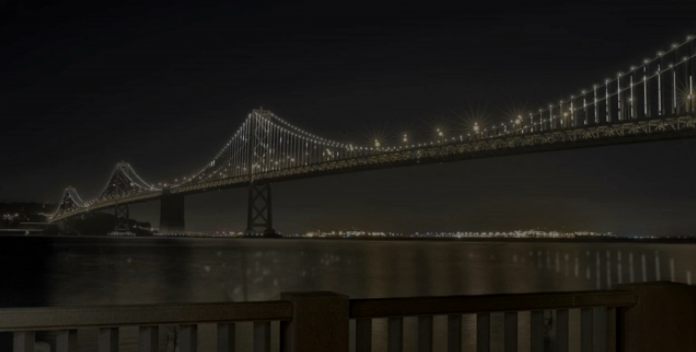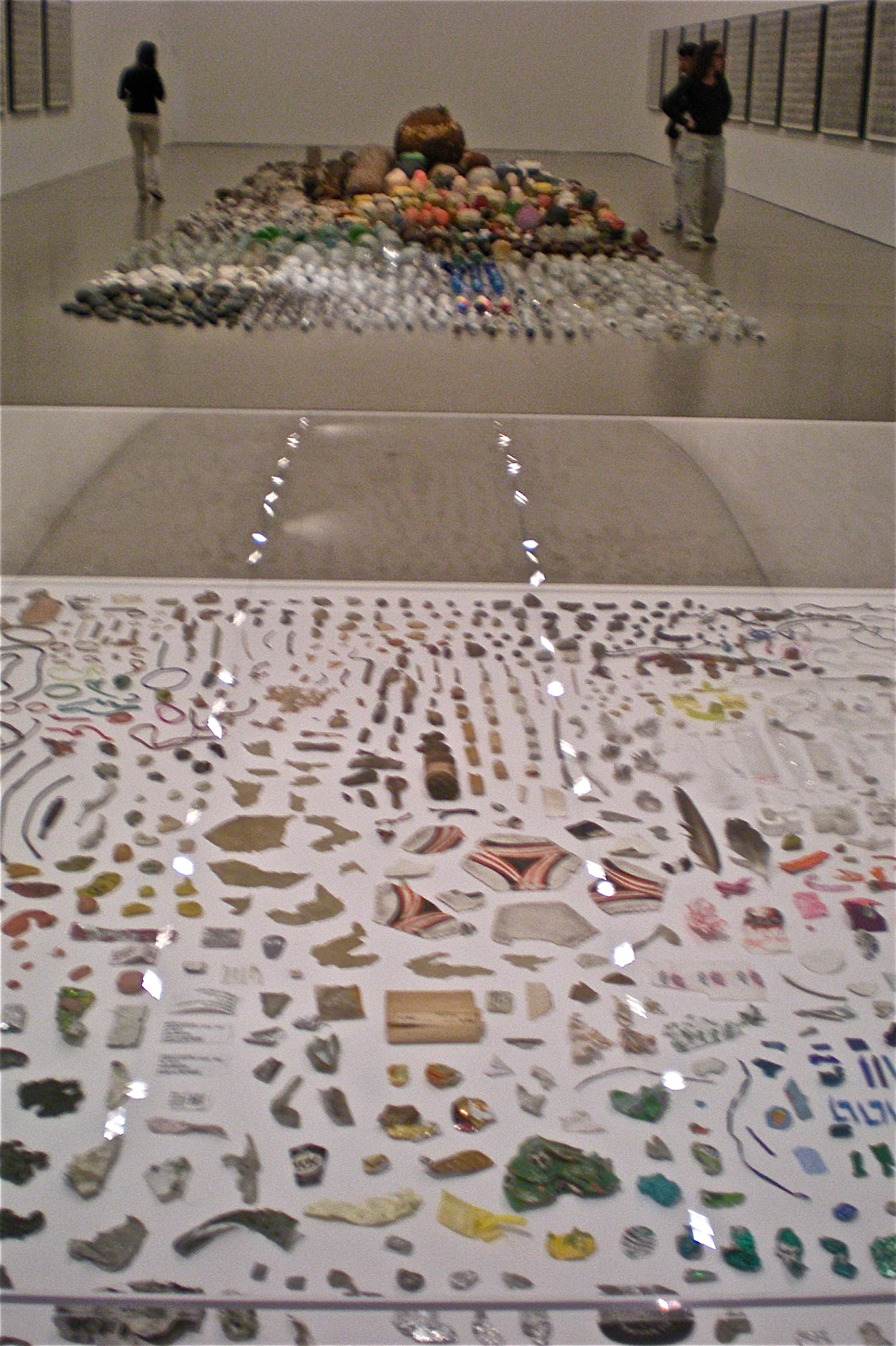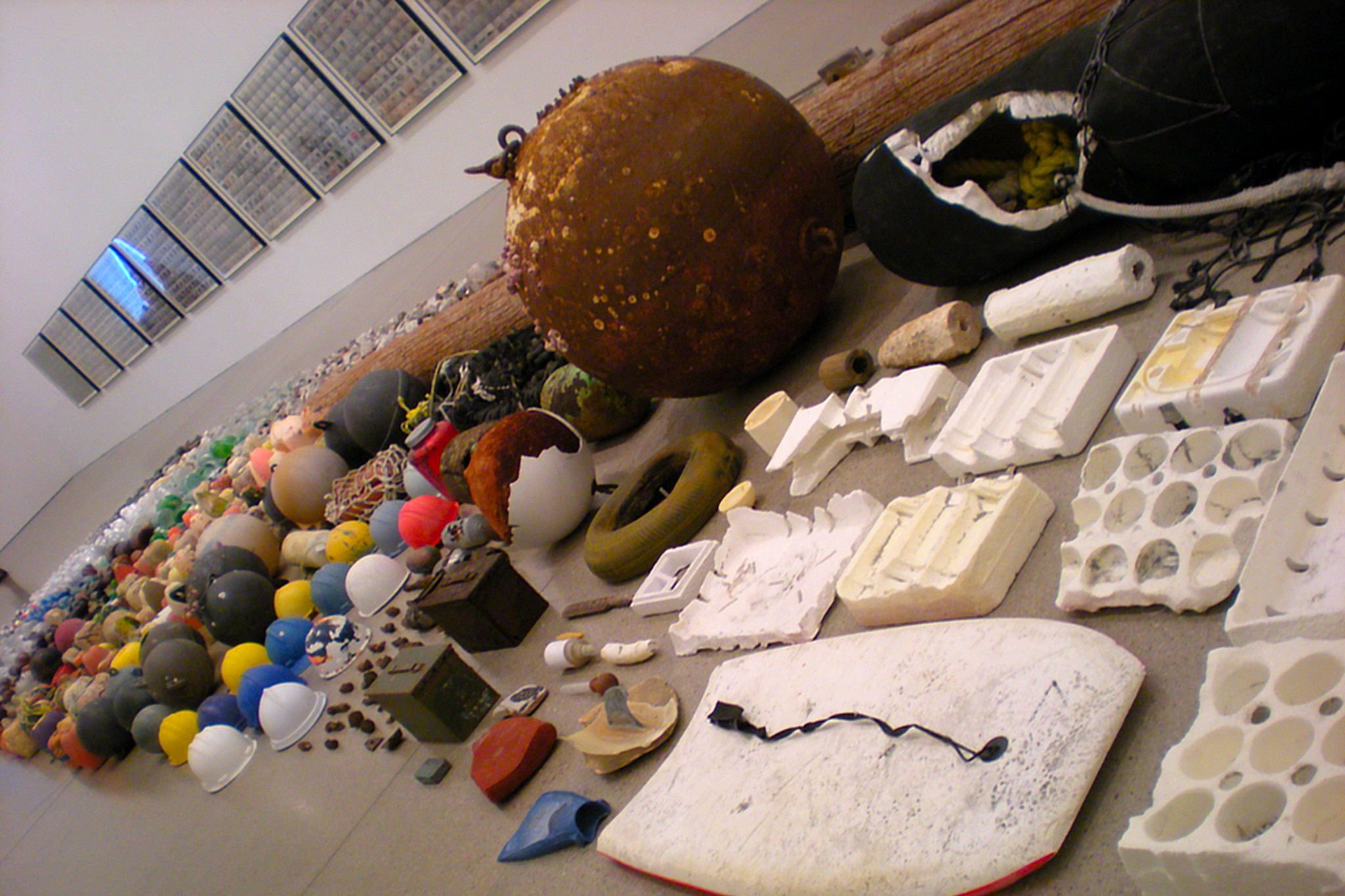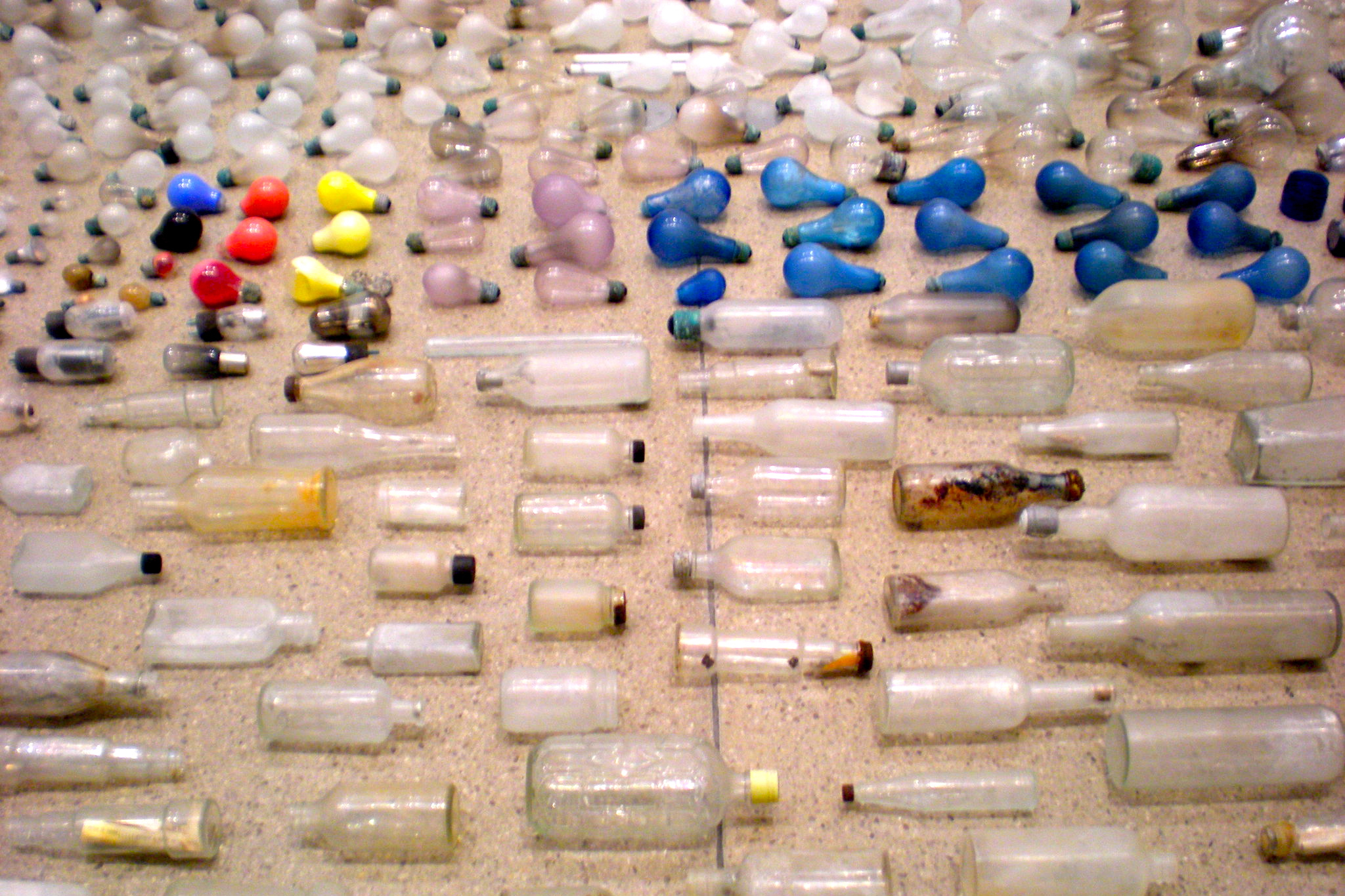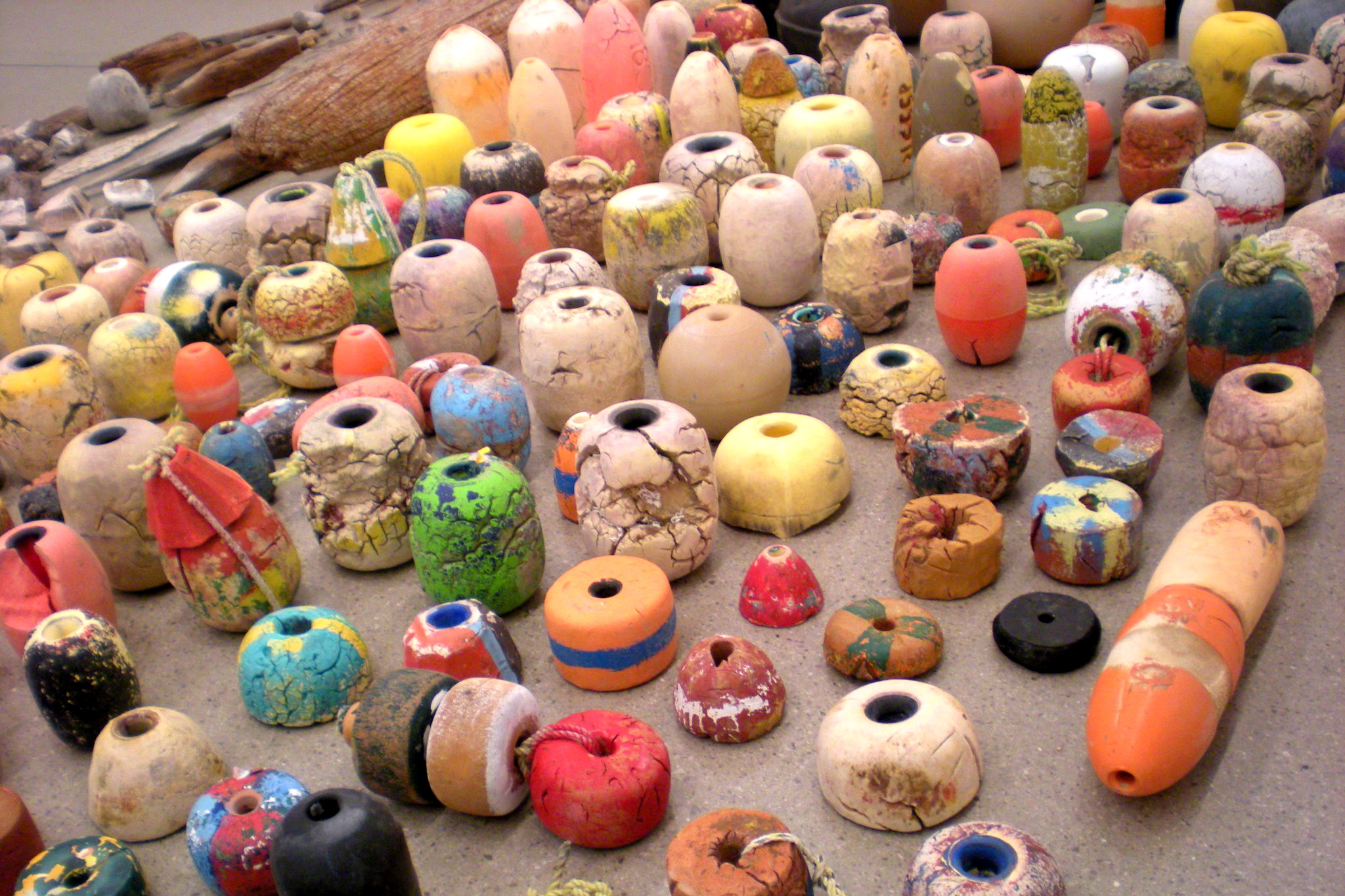Washington, D.C. / San Francisco, CA. Various.
I have overlapping memories of walking through, or floating under, Leo Villareal's installation at the National Gallery of Art in Washington D.C. Every time I am in DC I stop by the National Gallery, partially just because I like going back and forth under Multiverse. I enjoy the piece because it reminds me of airports (the moving walkway obviously helps). Usually I am alone at the National Gallery and usually I am alone at airports.When in Multiverse, all these moments blend together and create a unique kind of solace, a silly pleasure in being completely free amongst so many strangers and amid so much art. It makes me feel like I am a tiny, yet significant light in this big huge world; a small, blinking unit in all this organized chaos.
I am thrilled that Villareal is designing a light sculpture on the Bay Bridge in San Francisco. The Bay Lights will be lit March 5 and the best thing about it is that there is no need to go back and forth underneath to experience its charm. The installation is designed to be viewed when you are looking at the bridge, not when you are on it. I can gaze from my favorite spot on Bernal Heights, or when I am riding the J Church, or maybe, on a clear day, from the garden rooftop of my office. I may even start planning dentist visits after dark as that is my best enclosed view of the Bay Bridge.
The idea of 'turning on' the space between San Francisco and the East Bay is interesting. It will literally illuminate the space between us. We will have an unavoidable piece of public art that connects us and maybe encourages a free flow of ideas and people. Instead of being here or there, the journey will be noted as a part of the environment. Bridges are connections that often get a bad reputation for being a congested, temporary, tunnel of pain - that place you have to go through to get to the place where you are going. One time I went over the bridge only to come back with firework burns on my upper thighs after a fourth-of-july party gone bad. Most recently, I endured a nauseating three hour journey to Oakland airpot, most of which was spent just waiting to get onto the Bay Bridge. I have vowed never again to drive over that huge thing. It is difficult and often ensures pain. Still, some of my best memories are on that bridge: Convincing one of my best friends to give someone (who is now his significant other) another chance when they had first started dating, blasting 90s tunes while speeding, singing Young Americans worse than anyone with another friend as we embarked on a Reno adventure, realizing I am happy and I am a creator and I have a day job and all of that is ok, being all alone in a car. Alone again, but still amongst so many people, stuck in their own cars, in their own heads.
Though I probably will never drive myself across that bridge, I will certainly stare at it, from afar, and ponder the significance of painful, and pleasurable, journeys, and all those feelings that happen in between pain and pleasure, the ones that get lost because we are so focused on what we want or don't want. Or think we want. The space between is sometimes the best part.
Learn more about the project and the artist in Adam Fisher's piece in the NY Times Style Magazine, in which I took this delightful quote:
“what I was doing at Burning Man suddenly I started doing all year long." - Leo Villareal
If we could all be so bold.


